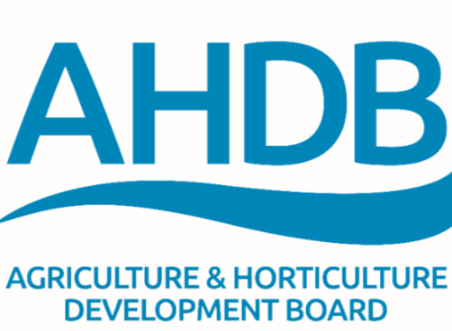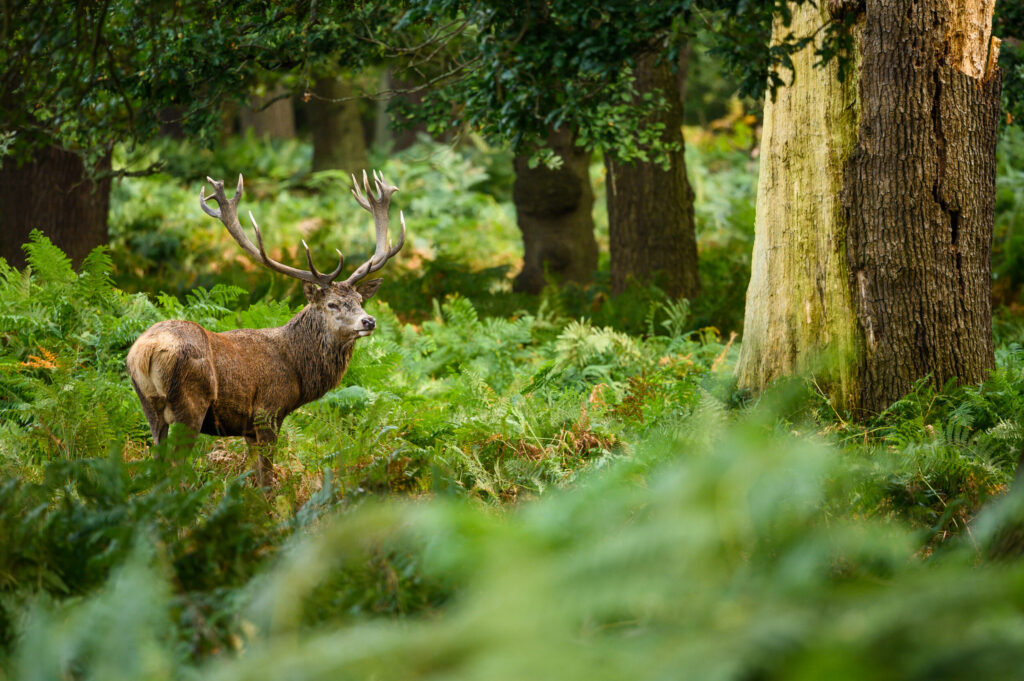EU Lawmakers Ban the Term “Veggie Burger”
The European Parliament has voted to stop plant-based foods from using meat-style names such as “veggie burger” or “vegan sausage.” This decision is part of the ongoing discussion surrounding the EU ban on veggie burger labels.
The measure is part of a wider plan to give farmers a stronger role in the EU food supply chain. It now moves to talks with member states and the European Commission before final approval.
If adopted, the law would restrict words like “burger,” “steak,” “escalope,” and “egg” to products made from animals. The proposal mirrors existing EU rules that limit dairy terms such as “milk” and “cheese” to animal-derived foods.
Lawmakers unsuccessfully tried to introduce a similar ban in 2020. The renewed push shows growing tension between traditional livestock producers and the expanding plant-protein market.
Analysts say the move could force plant-based brands to rework packaging and marketing across the EU. It may also raise fresh questions about how consumers understand food names and product identity.
Source: Reuters, October 8, 2025
(Rewritten and summarised for Meatex.co.uk – original reporting by Reuters)

